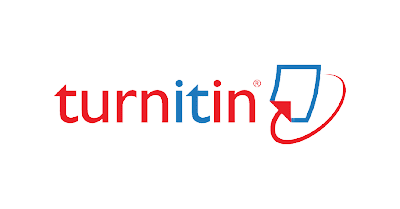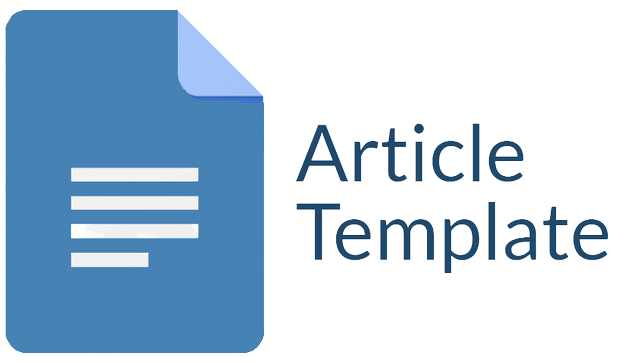EXPLORING EFL STUDENTS’ SUBSTANCE ERROR ON DESCRIPTIVE ESSAY
(Case Study at STBA Prayoga)
Abstract
This study reports on a research that analyzed substance errors in the writings of third semester English major, such as punctuation errors, typographic errors, dyslexic errors, and confusable. The technique used to collect data is a documentary technique and then the data were analyzed by using a descriptive qualitative method. By detecting punctuation errors through the four types of errors proposed by James (2013), educators can see the difficulties experienced by students and help overcome these obstacles by choosing strategies and innovative teaching methods that are appropriate to solve the problems of spelling errors faced by students. It was found that the most mistakes made by students were punctuation errors, while the least common was dyslexia. The results of this study are then recommended as input to make it easier for Indonesian learners to understand the target language, which in this study is English, especially in improving writing skill.
Downloads
Copyright (c) 2022 Dian Purnama Sari

This work is licensed under a Creative Commons Attribution-ShareAlike 4.0 International License.
Jurnal allows anyone to compose, correct, and do derivative works, even for commercial purposes, as long as they credit for the original work. This license is the freest. It is recommended for maximum distribution and use of licensed material.
The submitted paper is assumed not to contain any proprietary materials that are not protected by patent rights or patent applications; The responsibility for technical content and protection of proprietary materials rests with the authors and their organizations and not the responsibility of journal or its editorial staff. The primary (first/appropriate) author is responsible for ensuring that the article has been viewed and approved by all other authors. The author's responsibility is to obtain all necessary copyright waivers to use any copyrighted material in the manuscript before submission.
Jurnal Pendidikan, Sains dan Teknologi allows the author(s) to hold the copyright without restrictions and allow the author(s) to retain publishing rights without restrictions. Jurnal Pendidikan, Sains dan Teknologi CC-BY-SA or an equivalent license as the optimal license for the publication, distribution, use, and reuse of scholarly work. Jurnal Pendidikan, Sains dan Teknologi allows the author(s) to hold the copyright without restrictions and allow the author(s) to retain publishing rights without restrictions. Jurnal Pendidikan, Sains dan Teknologi CC-BY-SA or an equivalent license as the optimal license for the publication, distribution, use, and reuse of scholarly work.
In developing strategy and setting priorities Jurnal Pendidikan, Sains dan Teknologi recognize that free access is better than priced access, libre access is better than free access, and libre under CC-BY-SA or the equivalent is better than libre under more restrictive open licenses. We should achieve what we can when we can. We should not delay achieving free in order to achieve libre, and we should not stop with free when we can achieve libre.
Jurnal Pendidikan, Sains dan Teknologi is licensed under a Creative Commons Attribution-ShareAlike 4.0 International License.
You are free to:
- Share a copy and redistribute the material in any medium or format
- Adapt a remix, transform, and build upon the material for any purpose, even commercially.
- The licensor cannot revoke these freedoms as long as you follow the license terms.






